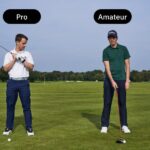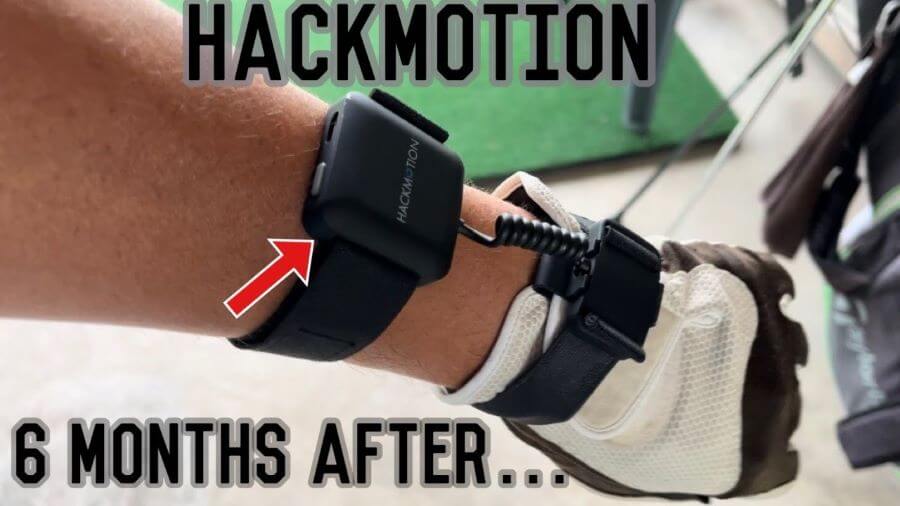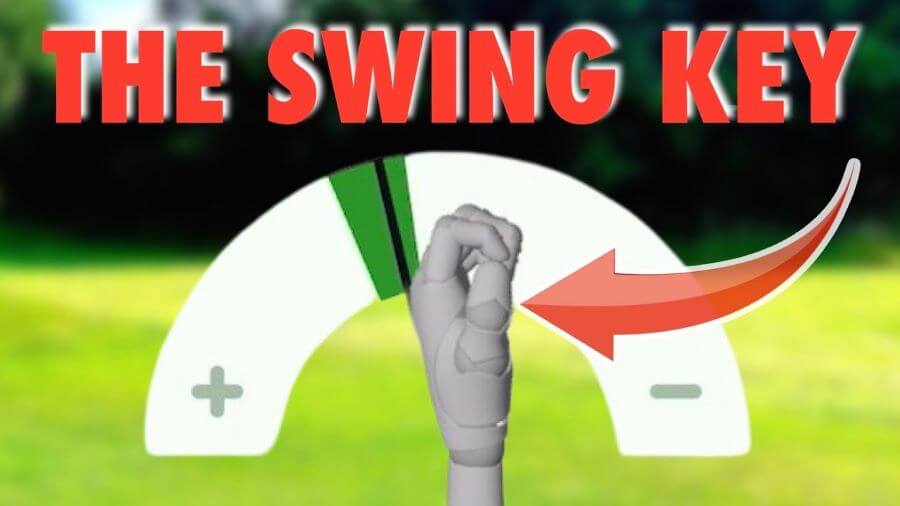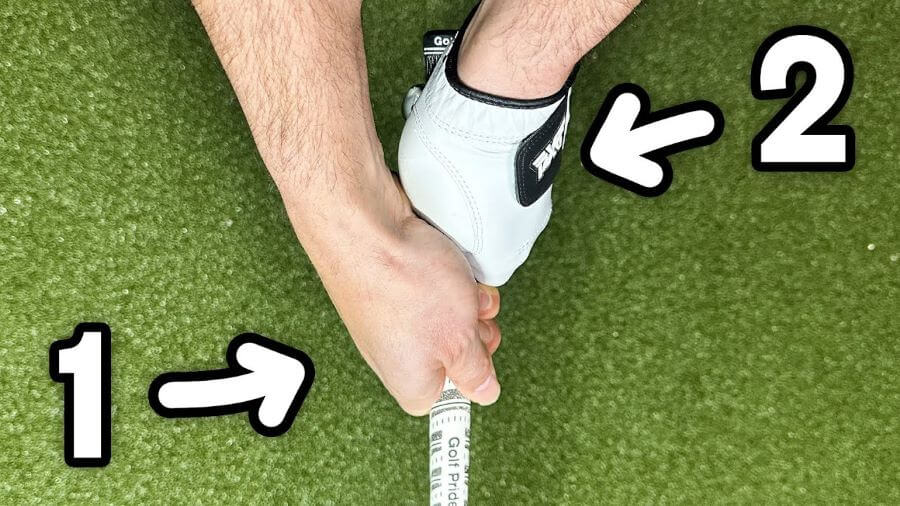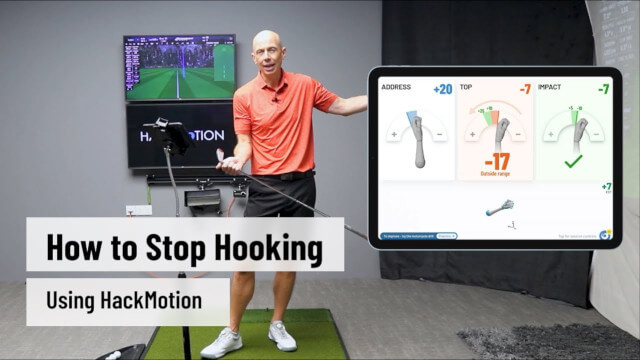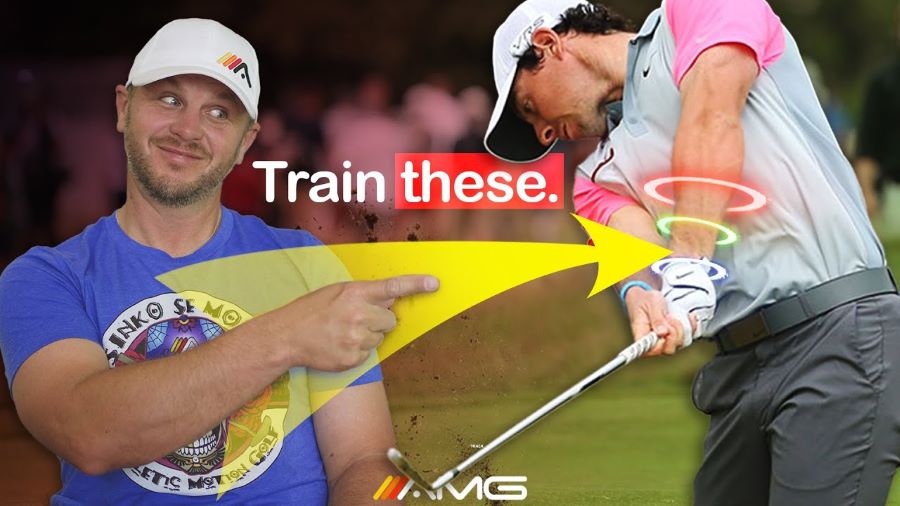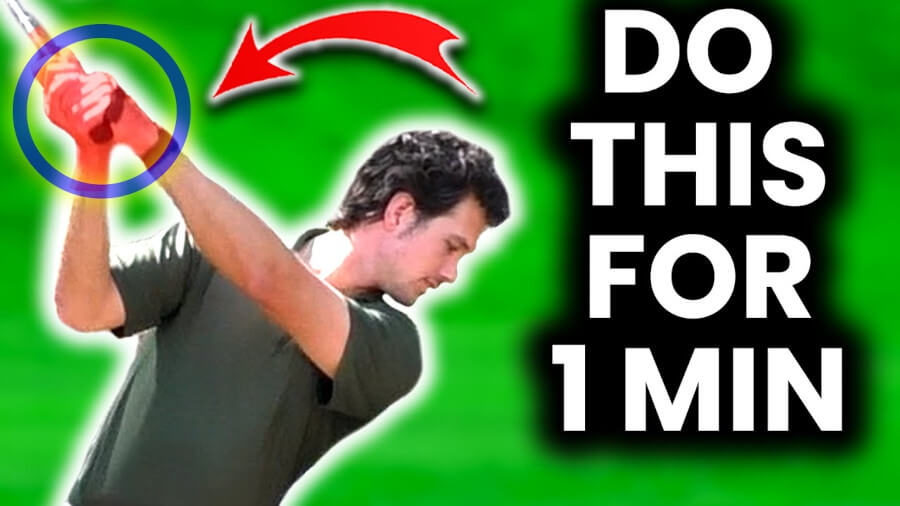How the Wrists Work with Rob Cheney
Why are the best golfers able to control the clubface more than the poor players?
The high performers are able to move the clubface consistently throughout the swing in an effective and functional way, while poor golfers tend to change the orientation of the clubface excessively and lose consistency.
Your wrists directly control the clubface, therefore, understanding and optimizing wrist motion is essential.
Check out this video by PGA golf coach Rob Cheney, where he explains how the wrists work during a golf swing and how golfers can fix common misconceptions about wrist motion.
Understand the Fundamentals of Wrist Motion
Wrist motion in a golf swing includes a lot of detail, as there are many planes of motion at play. To be able to optimize the wrist motion, you should be able to recognize following motions:
Horizontal wrist motion (moves the club back and forth)
- Cupping (wrist extension)
- Bowing (wrist flexion)
Vertical wrist motion (moves the club up and down)
- Moving wrist up: cocking (radial deviation)
- Moving wrist down: uncocking (ulnar deviation)
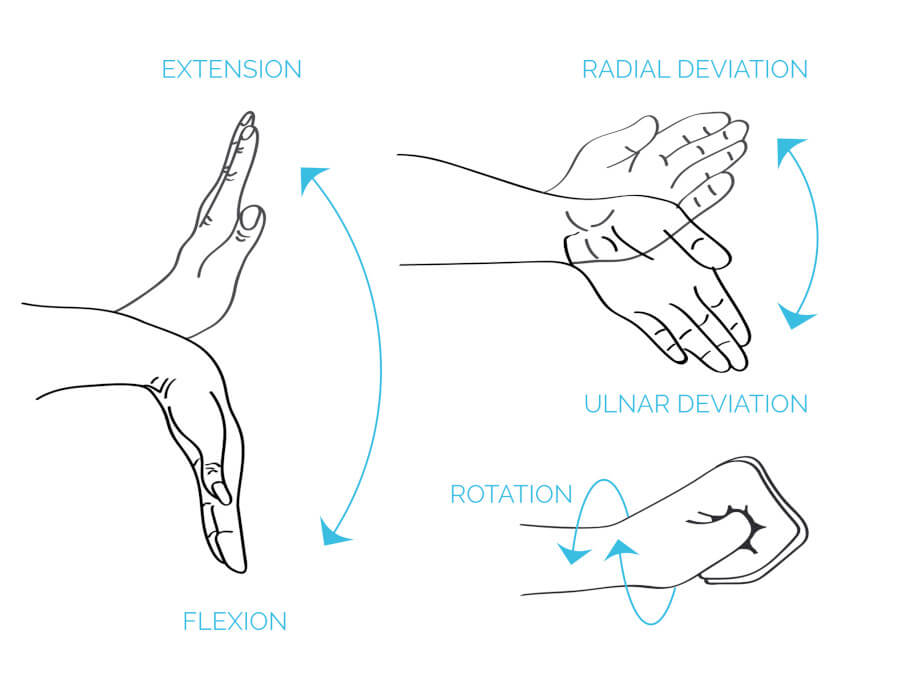
Focus on Wrist Extension/Flexion
When trying to create lag, many golfers are trying to achieve an “L” shaped wrist position in transition and are cocking the lead wrist (increasing radial deviation).
It opens the clubface and leads to unnecessary last-moment corrections when trying to square the face to the target before impact.
Instead, golfers should focus on optimizing wrist extension/flexion.
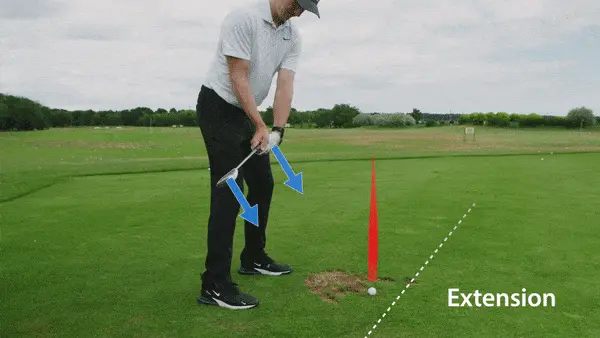
Extension and flexion control the clubface:
- Wrist extension opens the clubface. The more extended the lead wrist becomes, the steeper the shaft. Golfers should avoid excessive wrist extension in transition to be able to square the clubface early in the swing.
- Lead wrist flexion closes the clubface. The more flexed the lead wrist becomes, the shallower the shaft. A movement towards flexion in transition helps squaring the clubface early. Golfers can then avoid last moment corrections to hit a straight shot.


